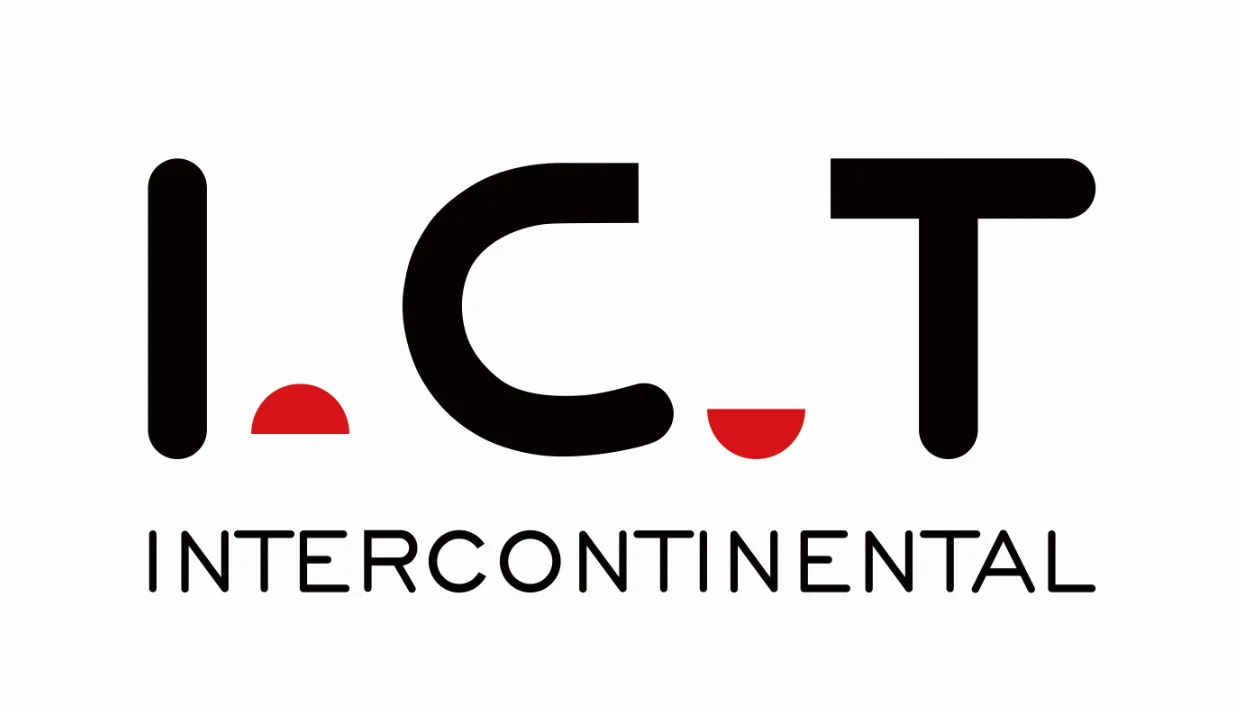Semiconductor
The Synergy of Innovation: Semiconductor Industry and Surface Mount Technology (SMT)
In the realm of technological advancement, the semiconductor industry stands as a pillar of progress, and within its intricate web of innovation, Surface Mount Technology (SMT) plays an indispensable role. SMT has seamlessly integrated itself into the semiconductor landscape, providing efficient, precise, and reliable solutions for the manufacturing of diverse electronic devices.
At the heart of semiconductor fabrication, SMT involves the placement of minute electronic components such as transistors, capacitors, and resistors onto the surface of Printed Circuit Boards (PCBs). This technology has supplanted conventional through-hole assembly methods, facilitating the direct soldering of components onto the PCB surface, leading to the design of smaller, lighter electronic devices. The application of SMT is not confined to consumer electronics; it holds pivotal significance in sectors spanning communication, medical, automotive, industrial control, and more.
The symbiotic relationship between the semiconductor industry and SMT technology is evident. The miniature chips employed in semiconductor manufacturing require intricate SMT techniques to connect them onto PCBs. Furthermore, as semiconductor technology advances, chip integration becomes increasingly dense, demanding higher circuit densities and smaller dimensions. The evolution of SMT techniques accommodates these requirements by allowing for more compact component layouts, thus enabling the incorporation of enhanced functionalities within confined spaces.
Moreover, SMT technology also plays a crucial role in the manufacture of semiconductor equipment. The fabrication, testing, and assembly of chips necessitate precision equipment characterized by stability and accuracy to ensure the quality and performance of semiconductor chips. SMT techniques find application in the production and assembly of these devices, further enhancing manufacturing efficiency and quality.
As SMT technology continues to evolve, the semiconductor industry undergoes continuous innovation. The introduction of 3D packaging, for instance, enables vertical stacking of chips, enhancing performance and space conservation. Additionally, with the rise of technologies like the Internet of Things (IoT), Artificial Intelligence (AI), and 5G, the demand for semiconductor chips is on the rise. SMT technology is continually adapting to meet the demands of these emerging applications.
In conclusion, the semiconductor industry and SMT technology are interconnected forces propelling modern technological development. SMT's ongoing innovation provides critical support for the manufacturing and application of semiconductor chips, while the continuous progress within the semiconductor industry creates a broader canvas for the evolution of SMT technology. This synergy will persistently drive technological innovation, offering humanity increased convenience and boundless possibilities. The partnership between the semiconductor industry and SMT technology underscores the reality that the future is built upon the seamless integration of innovation.


